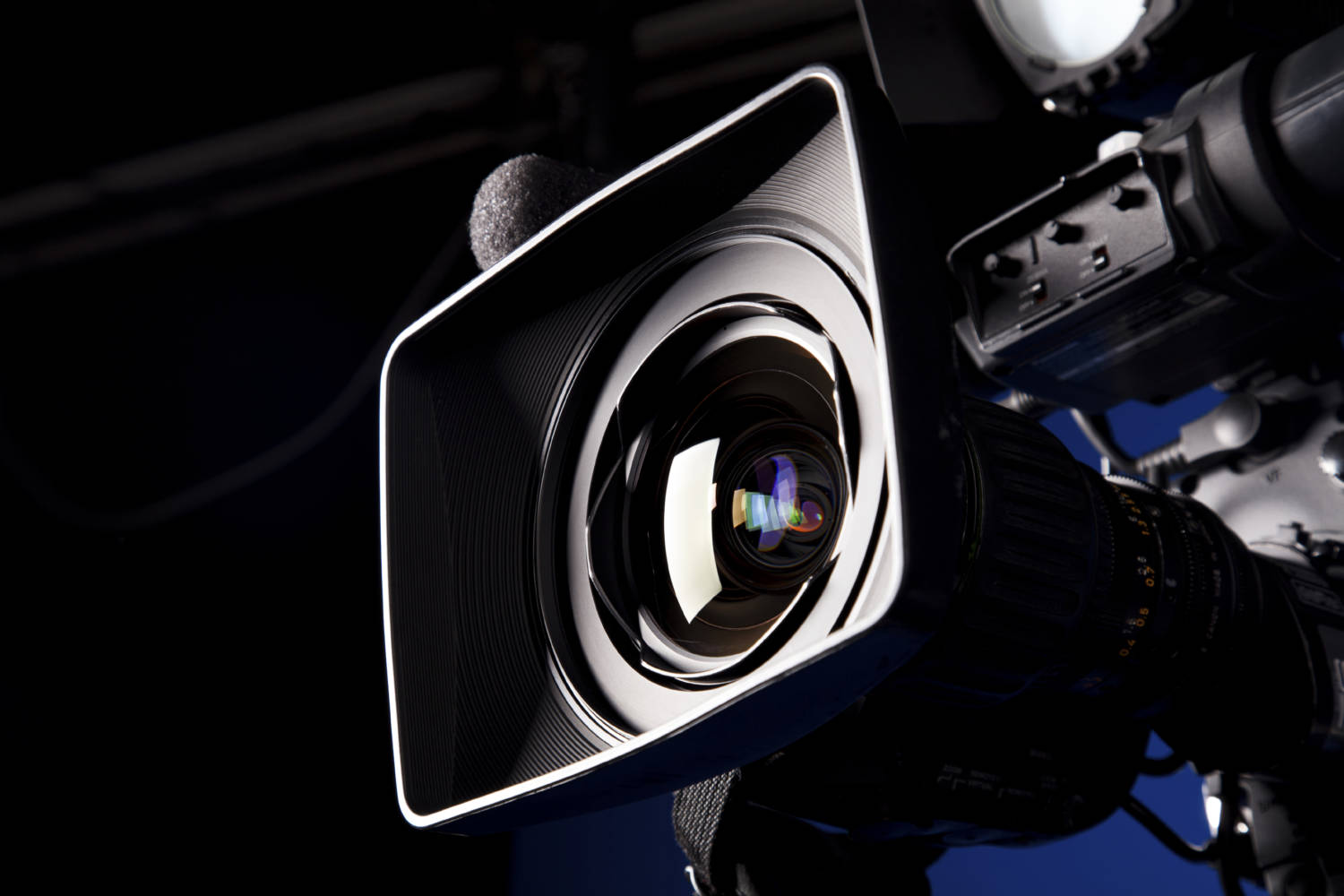Don’t spend all of your energy on the first half of your story only to allow the piece to run out of gas. What you show and say at the end are often what lingers in the viewer’s heart. Good endings resolve the main theme of the story.
Negative Action Shot. Photojournalist friend Don Cadorette likes to have the subject walking away from the camera. If he used a zoom, he zoomed out at the close. He wanted the viewer to physically detach from the story.
Ending with a Sound Bite. It is dangerous to close a story on a one-line outcue or a soundbite, because it can send an editorial tone that you didn’t intend. It is usually better to end a story with narration.
Ending a Live Report. “Spin the story forward” by telling the viewer what is likely to happen next. If the city council just raised taxes, then the live stand-up story close might be when the tax increase takes effect, how to contact your council member, whether there is another vote, or how to appeal your higher tax bill.
Closing the Circle. The last sentence should contain only one main thought that summarizes the whole story. It should directly connect to the three-word focus statement you write for your story.
Untidy Endings. Sometimes stories do not resolve themselves. Resist the temptation to make your ending something it isn’t.
The best story close is like a good ending to a meaningful phone call. Don’t repeat what you already said. Like a good phone conversation, leave viewers with the knowledge and the feeling that you intended at the beginning.
Taken from Reporting, Writing for TV and the Web: Aim for the Heart, a self-directed course by Poynter’s Al Tompkins at Poynter NewsU.
Have you missed a Coffee Break Course? Here’s our complete lineup. Or follow along at #coffeebreakcourse.







